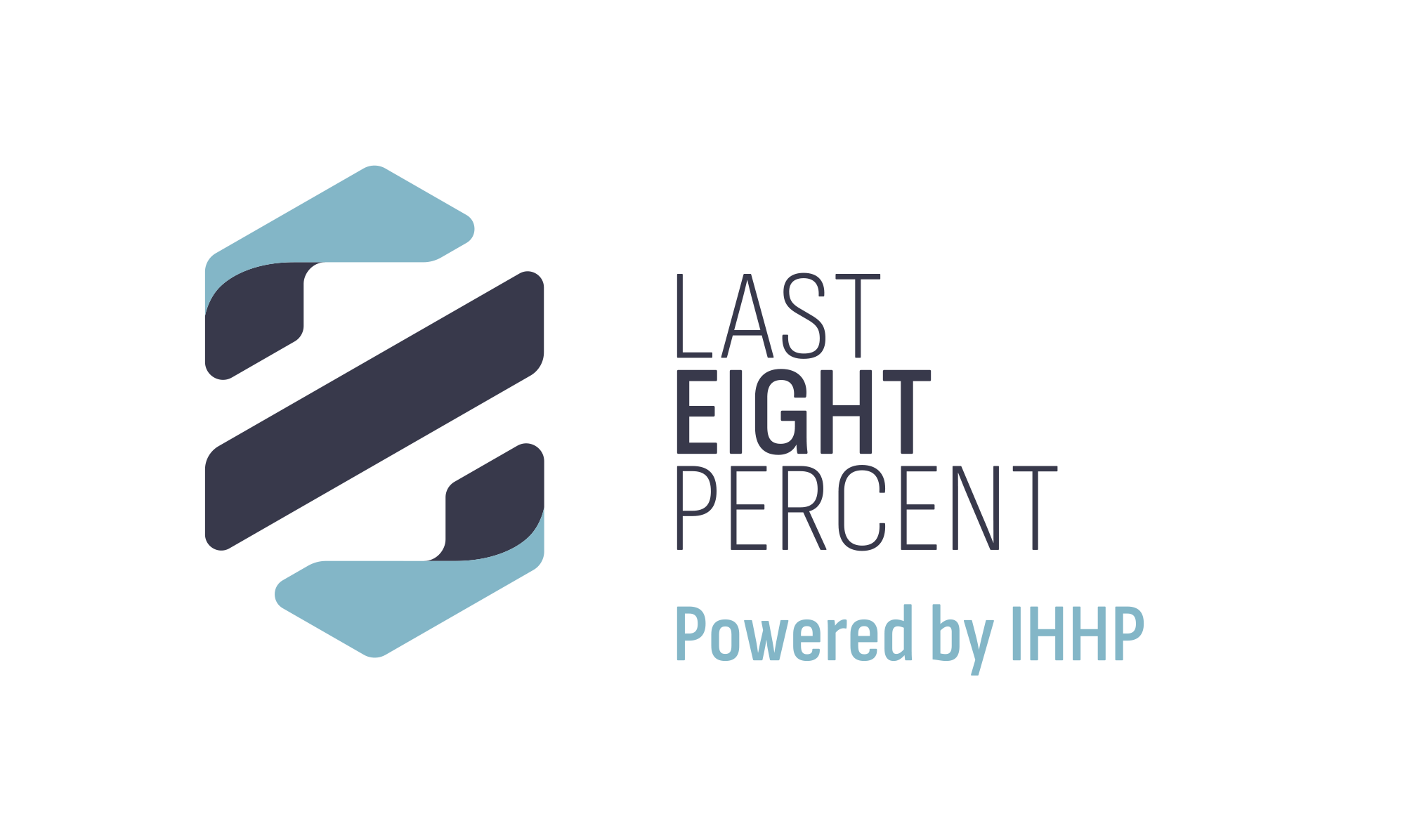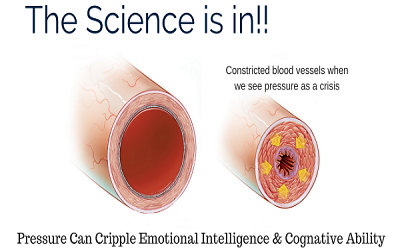Early in my career I was put into a leadership position. Great, right? Not so fast. With degrees in Mathematics and Computer Science, I wasn’t a natural leader. I learned when I don’t manage pressure and instead succumb to crisis thinking, it impairs my cognitive abilities and impacts how I manage emotions (Emotional Intelligence/EQ). At first I thought EQ was going to be soft and squishy and not have a business impact. Wrong again! Our training is based on research and brain science that truly resonated with me. The Physiology of Crisis and the Pressure Solution here is from our New York bestselling book, Performing Under Pressure. It’s helped me in many of my high pressure moments and I know it will help you and your leaders too.
Before you get too far into this post, here are 4 things you can do right now to move the needle on your leaders’ managing emotions under pressure:
- If you want to assess how you handle pressure: Performing Under Pressure Quiz.
- If you already know IHHP programs are a good choice for your business and would like to book a 15 minute appointment with one of our Leadership Consultants to discuss the details then click here now.
- If you would like to learn about IHHP’s Training and Keynote Speakers press here.
- If you would like to speak with someone now, call our team at 888-914-0190.
Now back to the post…
Performing Under Pressure: The Physiology of Crisis
People are feeling overwhelmed by pressure – to achieve results, to meet deadlines, do more with less and deal with difficult relationships. In the New York Times bestselling book, Performing Under Pressure, we not only outline the impact that pressure has on our brain, emotions and physiology – specifically our blood vessels – we also provide a pressure solution that will help you overcome the derailing effects of pressure and crisis thinking.
When we don’t manage pressure and succumb to crisis thinking, it impacts our emotional intelligence (EQ) and our best cognitive abilities.
The Data on Crisis thinking
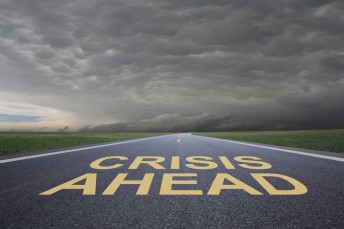
For the book, we conducted a research study of 12,000 people and looked at what the top 10% do differently from the rest. Data from this study and other research shows that an overwhelming majority of individuals in the working world see the pressure situations they face as threatening. In fact, for most of us, our default cognitive appraisal is to see our pressure moments as a crisis.
The Impact of Crisis Thinking

When we view a pressure moment or situations as a threat, it has the following impact on our emotions and thinking:
• Our self-confidence is undermined
• It elicits fears of failure
• Short-term memory, attention and judgement is impaired
• We become more mentally rigid
• It saps our energy and we become fatigued
There is a physiological reason this happens
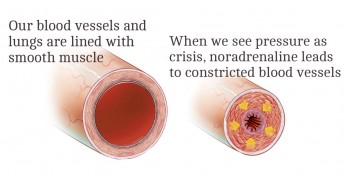
The Physiology of Crisis:
Our blood vessels are lined with smooth muscle; when we see a pressure situation as a threat, our body releases noradrenaline, which acts to vasoconstrict these muscles. The lungs become constricted by noradrenaline as well, so there is less oxygen exchange to your body and brain. The end result is that you tire far more easily as you get less oxygenated blood to the tissues that need it.
The lack of oxygen to your brain causes our cognitive abilities to be impaired – loss of confidence, fears of failure, loss of short term memory and mental rigidity. All of these results handicap your performance at the very moment you need to be most effective.
You Have a Choice

The good news is we are not stuck with viewing pressure moments as a crisis. Top performers are able to view their pressure situations as a challenge to overcome, an opportunity to get better, and sometimes even fun.
Feeling challenged is an inherent performance steroid — your body releases more adrenaline than noradrenalin, which means the smooth muscle in your blood vessels dilate, as do your lungs, and now you have more oxygenated blood going to the tissues that need it. Your body has more energy and your brain can think more clearly.
Pressure Solution #1: Crisis vs. Opportunity
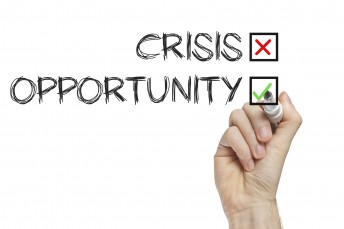
When you see a pressure situation as a challenge, you are stimulated to give the attention and energy needed to make your best effort. When we perceive a pressure moment as an opportunity, the stimulation we experience is enjoyable and exciting rather than uncomfortable and unsettling. Positive stimulation translates into enthusiasm, a powerful emotion in overcoming anxiety and fear, meaning you are far more likely to perform up to the level of your ability, increasing your chances for success.
The next time you are thinking about, approaching or in a pressure situation, see if you can catch yourself succumbing to crisis thinking, then shift to viewing the pressure as a challenge to overcome or an opportunity to grow and get better. Top 10% performers have learned to do this and it can become a cognitive and emotional success tool for you too!
There’s More: 22 Pressure Solutions

Crisis. Vs. Opportunity is the first of 22 Pressure Solutions we share in the Performing Under Pressure book, and in our keynotes and training programs. All of the strategies are based on the latest research and brain science of pressure, and are designed to help you be your best when it matters most.
Does all this make sense for your company? Then your next step is to…
- Learn More about IHHP’s Training and Keynote Speakers press here.
- Book a 15 minute appointment with a Leadership Consultant to discuss the details click here .
- Take IHHP’s Performing Under Pressure Quiz.
- Speak with someone right away by calling out team at 888-914-0190.
